Catsy: Integrated PIM & DAM Software for Brands & Distributors
Take your eCommerce operations to the next level with Catsy's intuitive Product Information Management (PIM) and Digital Asset Management (DAM) solution


Retailers
Distributors
E-Commerce
ERP
CRM



It All Starts With
Your Sales Channels
Sync, Aggregate, import and export data from ERP and CRM
and then push to your sales channels and/or
your internal audience.
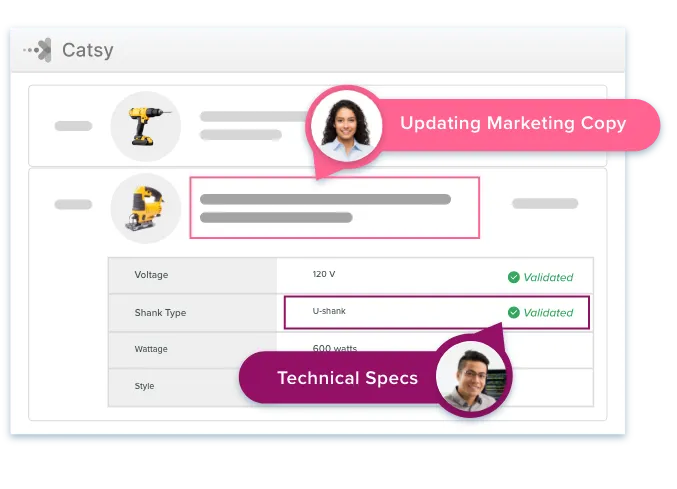
What is PIM & DAM?
Why You Need Product Information Management (PIM) and Digital Asset Management (DAM). PIM software centralizes your product data, while DAM organizes digital assets like images and videos. Together, Catsy's PIM and DAM system improves product content accuracy, enhances workflows, and accelerates time to market. Benefits of Catsy PIM/DAM: • Centralized data & media. • Bulk editing capabilities. • Omnichannel syndication. • Collaboration tools for internal & external teams.

PIM vs. DAM – What’s the Difference and Why You Need Both
PIM (Product Information Management) manages the data side: product names, descriptions, specs, pricing, and attributes. DAM (Digital Asset Management) handles the media side: product images, videos, manuals, 3D files, and marketing content. Together, PIM + DAM provide a single source of truth for your product ecosystem—critical for today’s omnichannel commerce.

What Makes Catsy Different?
Unlike other PIM or DAM solutions that focus only on one aspect of product content, Catsy provides an integrated platform with a focus on: • Ease of onboarding & implementation. • Visual content readiness dashboards. • Native retailer/export templates. • Dedicated onboarding and support team.

Built for Manufacturers, Distributors & Brands
Catsy is purpose-built to serve the unique needs of manufacturers, B2B brands, and wholesale distributors. • CPG & Retail Brands: Manage product content across retail partners with retailer-specific templates. • Industrial Manufacturers: Handle complex spec sheets, component kits, and multi-variant SKUs. • Electronics Brands: Store, link, and update product manuals, 3D renders, and videos all from one place.
Drive Revenue With A Single Source Of Truth - PIM Solution
Manage your products & synchronize product attributes and digital assets from one single source of product truth. PIM software offers high-quality functionality, enabling you to handle bulk edits and maintain consistency across departments.
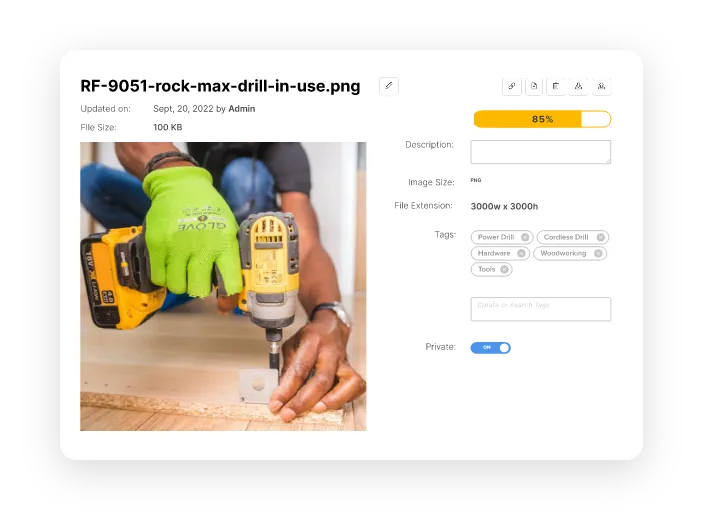
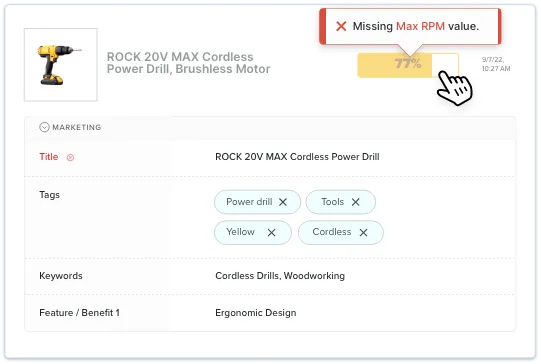

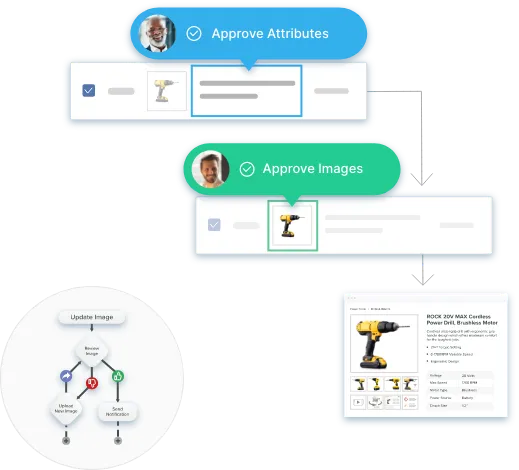
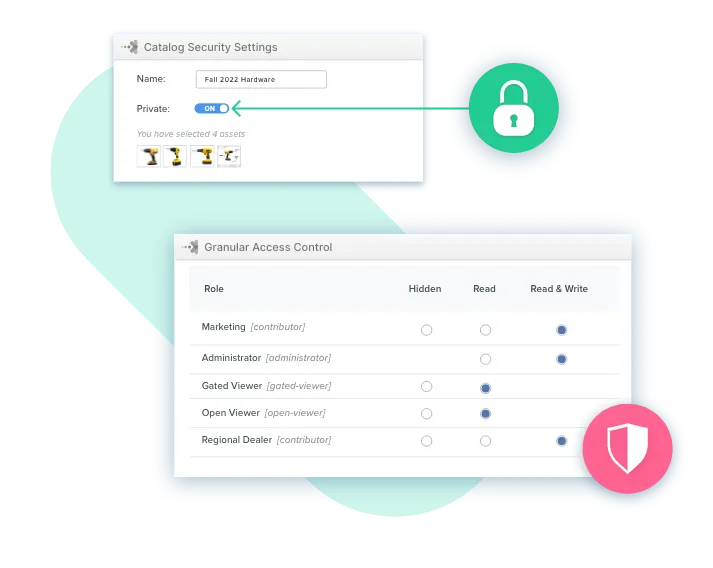
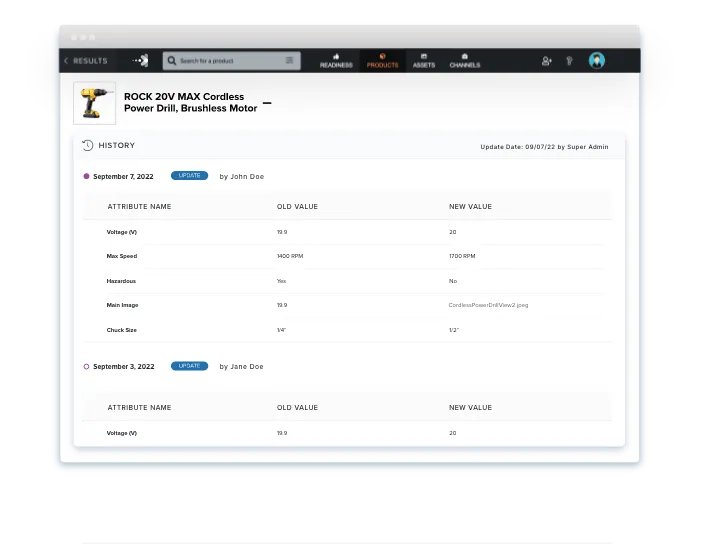
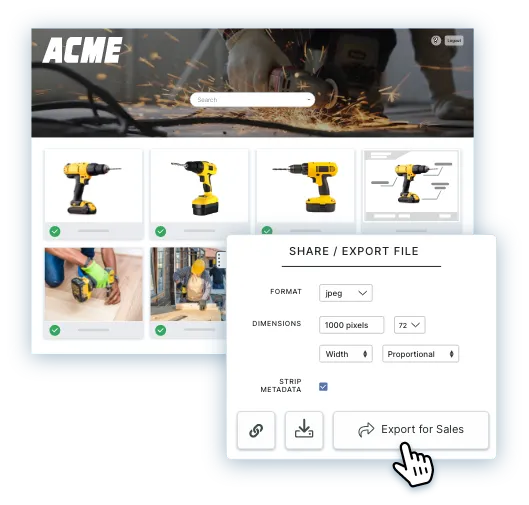
Why Choose Catsy Product Information Management Tools?
Quickly create retailer and distributor-ready product content with industry standard features. Our purpose-built PIM tools and features streamline the process, making it easy to get started. Catsy PIM Software helps in product content management, syndication, and content analytics technology that makes it easy for brands to drive growth with eCommerce.
Purpose-Built Tools & Features
Centralized Product Hub
Store all product data and digital assets in one place.
Automated Workflow
Trigger tasks, approvals, and content updates.
Custom Attribute Management
Tailor product fields to your exact requirements.
Multichannel Syndication
Export content to marketplaces and eCommerce platforms.
Bulk Editing & Validation
Make updates across product families instantly.
User Roles & Permissions
Control access with enterprise-grade security.

